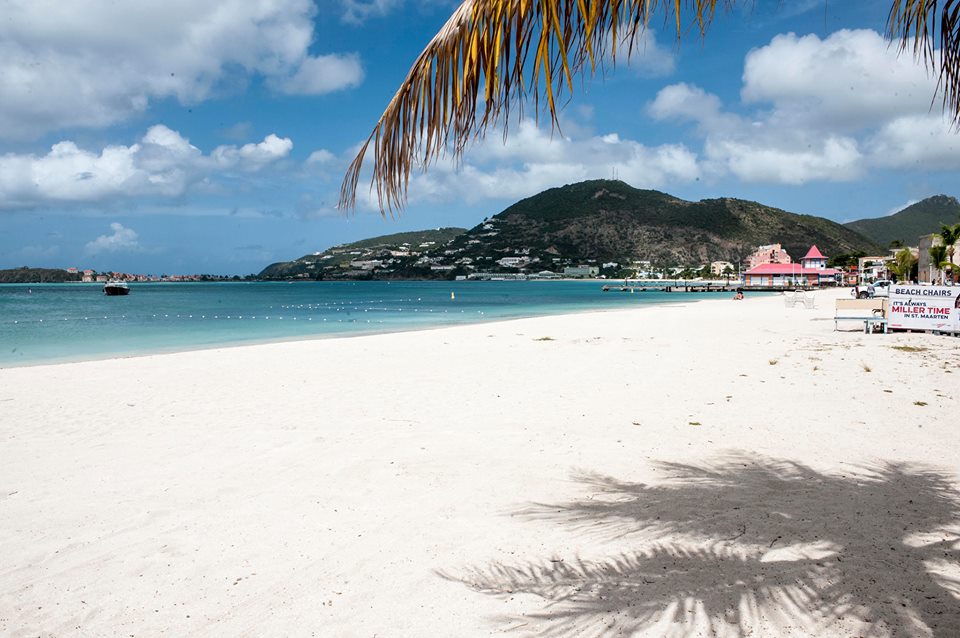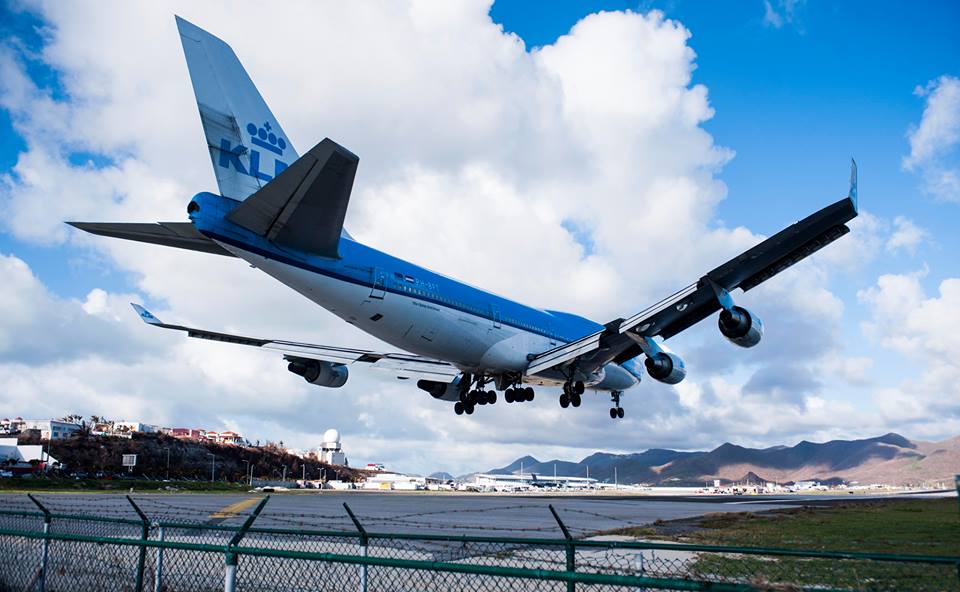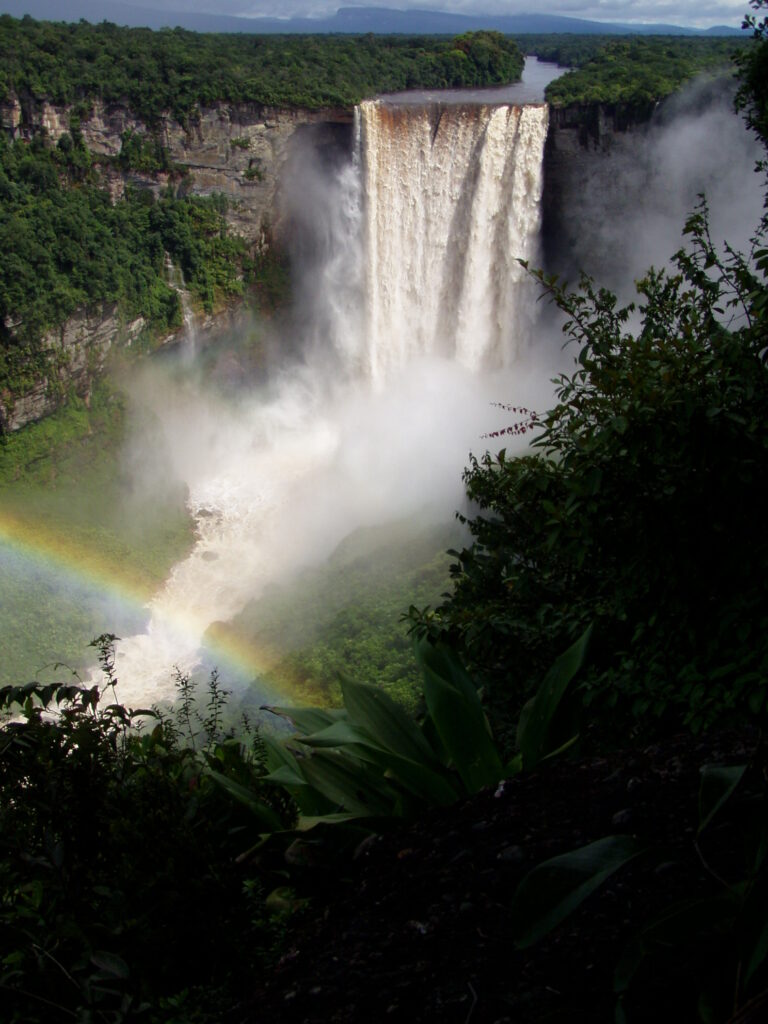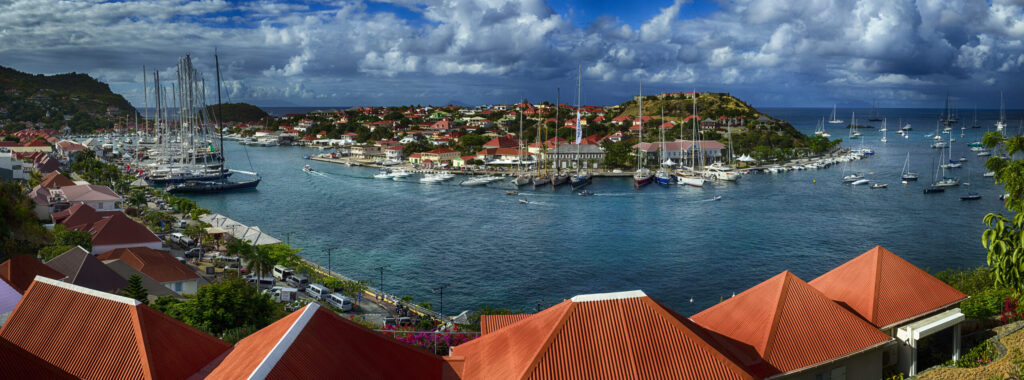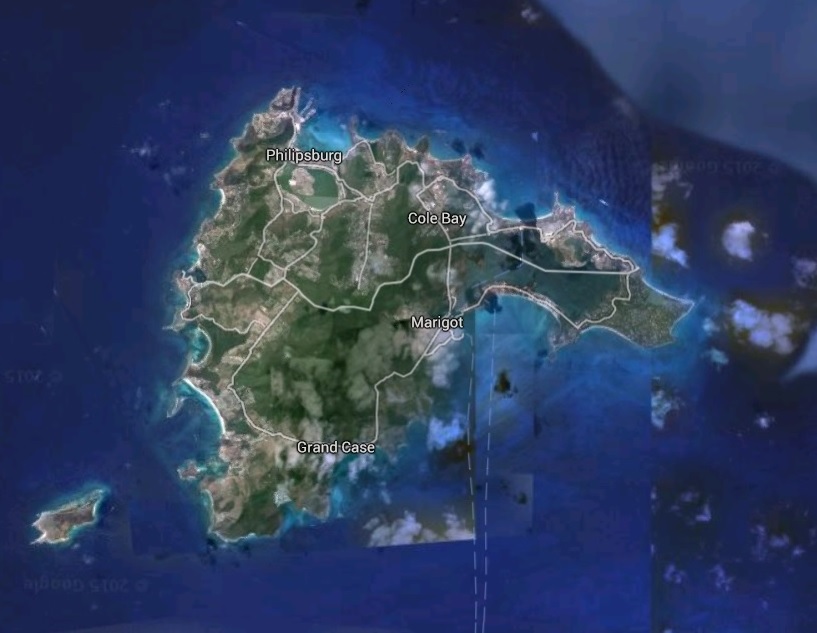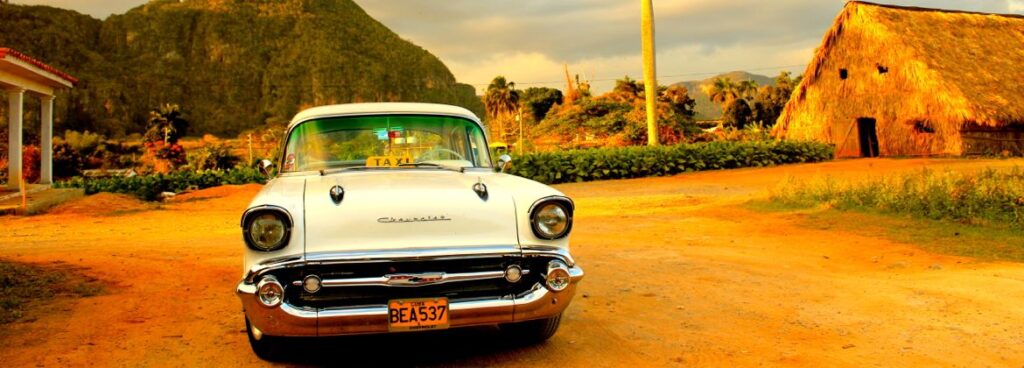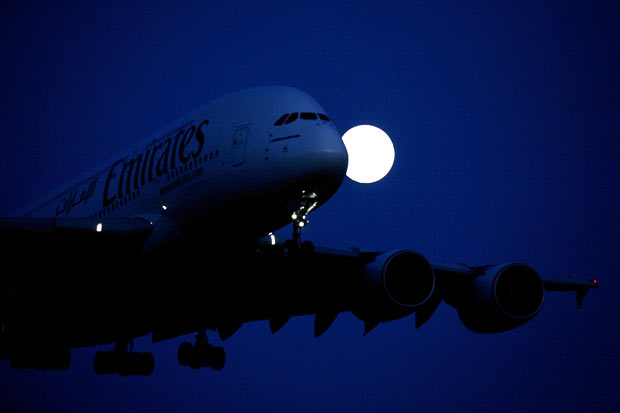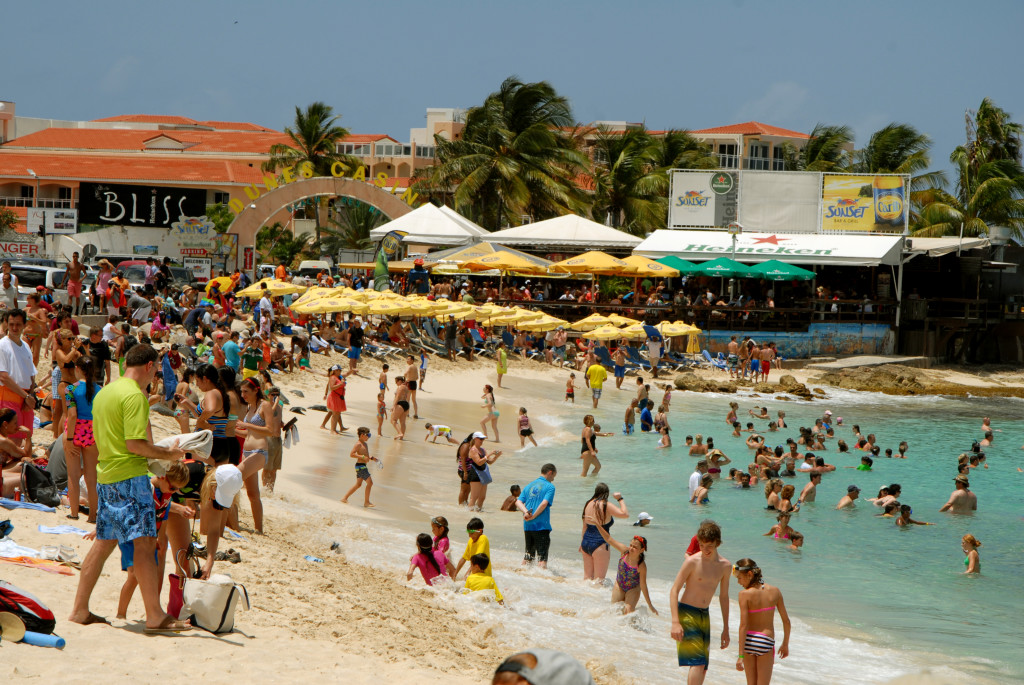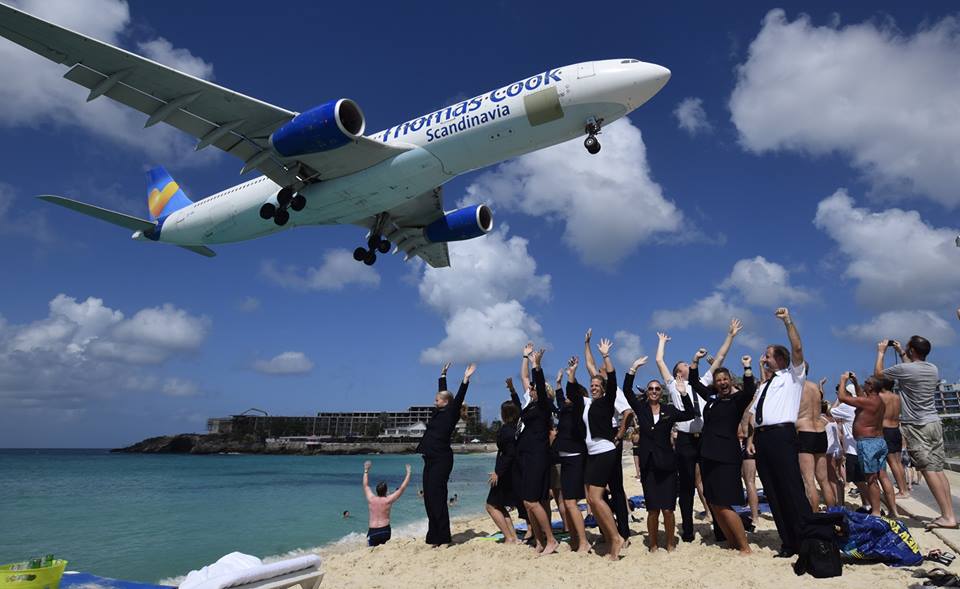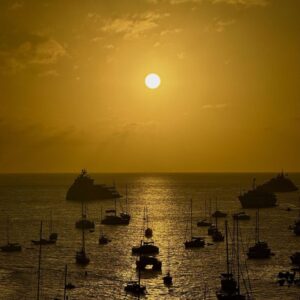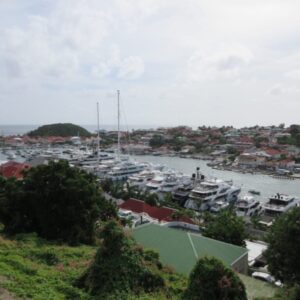Editorials
- Home
- Editorials
Terrance Rey
St. Maarten’s tourism product in a post-Irma era – 7 parts series
From the start of St. Maarten’s decision to become a tourism destination we have focused
Terrance Rey
Airlift vital to recovery process St. Maarten
SXM Airport — Just as airlift is vital to St. Maarten’s tourism economy, so it
Terrance Rey
LIFT VISA RESTRICTION FOR GUYANA
Travel Entrepreneur Terrance Rey Calls For Lifting Visa Requirement For Guyana Citizens You have obviously
Hilbert Haar
“We don’t need more tourists”
Economist Arjen Alberts in a recent webinar: “We don’t need more tourists” By Hilbert Haar
Terrance Rey
A Daytrip To St. Barths Is Worth The Travel
While you are visiting our lovely island of St. Maarten and enjoying the tastes of
Terrance Rey
St. Maarten Needs A Responsive Tourism Marketing Strategy
Much like when you are using a smartphone or tablet and you turn the screen
Hilbert Haar
Americans Will Take A Wait And See Approach
TERRANCE REY ABOUT CUBA AND THE INTERNAL THREATS TO ST. MAARTEN TOURISM AMERICANS WILL TAKE
Terrance Rey
The Ebb & Flow of the Airline Industry
We have all seen the dramatic drop in the oil price in 2014 and we
Terrance Rey
What Is The Big Attraction At Maho Beach?
Some years ago when I did an interview for a documentary for The History Channel
Why Should Any Airline Fly To St. Maarten?
There has been a lot of debate recently about airlines and the airline industry. Especially
Recent Posts
St.Maarten Info Team
St. Maarten’s Yachting Sector: A Key Driver of Economic Growth and Global Appeal
Tags
airlift
airlines
AirStMaarten
ANG
Antillean Guilder
Bruce Jakubovitz
caribbean
closed
dae
destination marketing
destroyed
director
Divi Little Bay Resort
dollarization
dr. gittens
e-zone
entrepreneur
French bakeries
Huricane Irma
Hurricane Irma
island
Le Divin
main attraction
Marigot
Nature Foundation
operations
Oyster Pond
Rainforest Adventures
Rockland Estate
Saint Martin
salvage
Sarafina
Simpson Bay Lagoon
st. barths
st. maarten
sta
Stress-Free Holiday Break
Terrance Rey
tourism
tourism authority
tourists
USD
waterfront
wrecks removal
yachting

